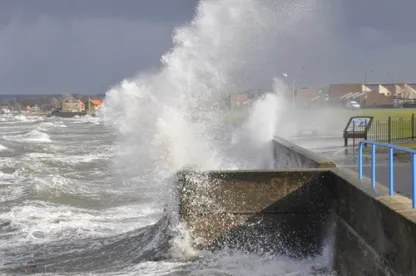In a recent decision arising out of Superstorm Sandy, the United States District Court for the District of New Jersey confirmed the enforceability of anti-concurrent causation provisions. Zero Barnegat Bay, LLC v. Lexington Ins. Co., No. 14-cv-1716, 2019 U.S. Dist. LEXIS 43625 (D.N.J. Mar. 18, 2019).
In Barnegat Bay, the insured sought coverage for damages suffered as a result of Superstorm Sandy. Lexington inspected the property and concluded that high winds caused damage to roof shingles, windows, ceilings and walls. Lexington determined that the damage amounted to $17,344.79 – an amount below the insured’s deductible.
The insured hired its own inspector, who concluded that the wind damage amounted to $466,550.57, which included damage to the same areas identified by Lexington’s inspector (although plaintiff’s inspector attributed a higher value to such damage) in addition to the insured’s pool, a boardwalk, and an electrical transformer. The insured engaged a causation expert, who concluded that first wind, then flooding, caused damage to the additional property.
Lexington moved for summary judgment with respect to the claimed pool, boardwalk and transformer damage based on the fact that the insured’s own expert’s analysis that damage to these items involved flood damage, and the applicable policy contained an anti-concurrent causation provision which excluded from coverage losses caused “directly or indirectly” by water damage, “regardless of any other causo [sic] or event contributing concurrently or in any sequence to the loss.” The court held that New Jersey law applies such provisions to exclude coverage for losses caused by flood, even when the flood acts concurrently or sequentially with a covered peril.
Zero Barnegat Bay reaffirms that anti-concurrent causation provisions are potentially applicable even where one cause of loss damages the property prior to damage caused by the excluded loss.



 />i
/>i

